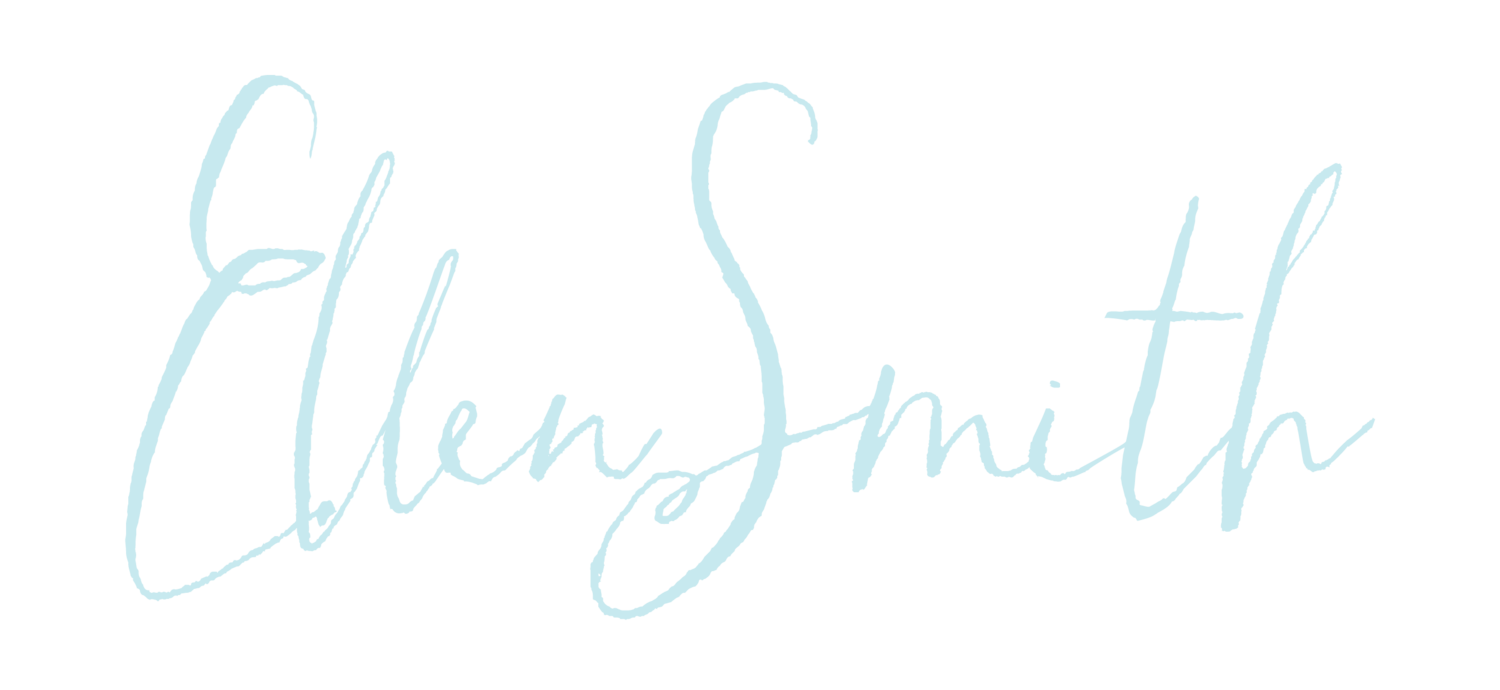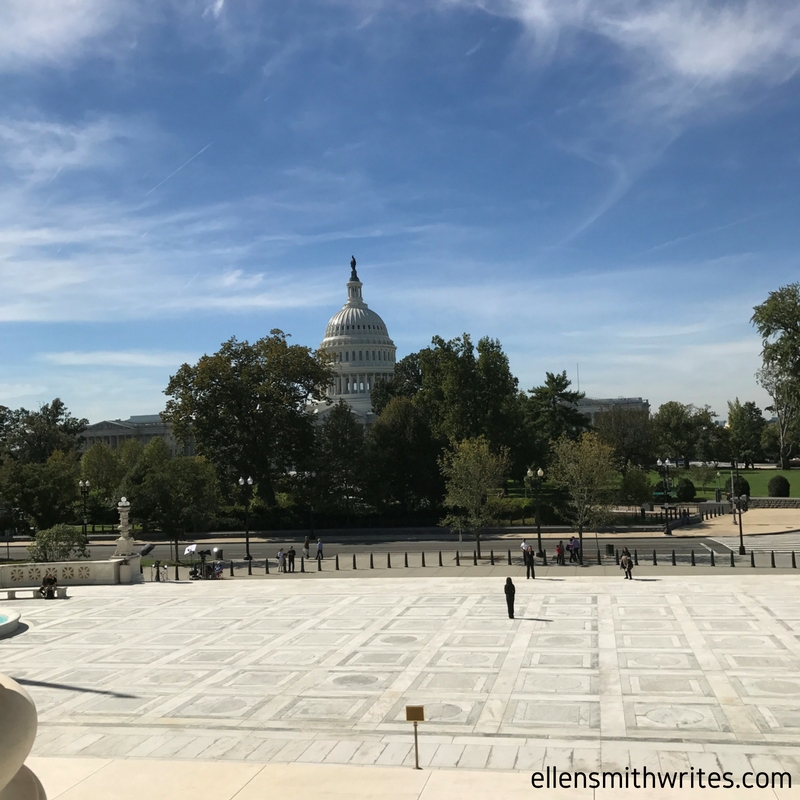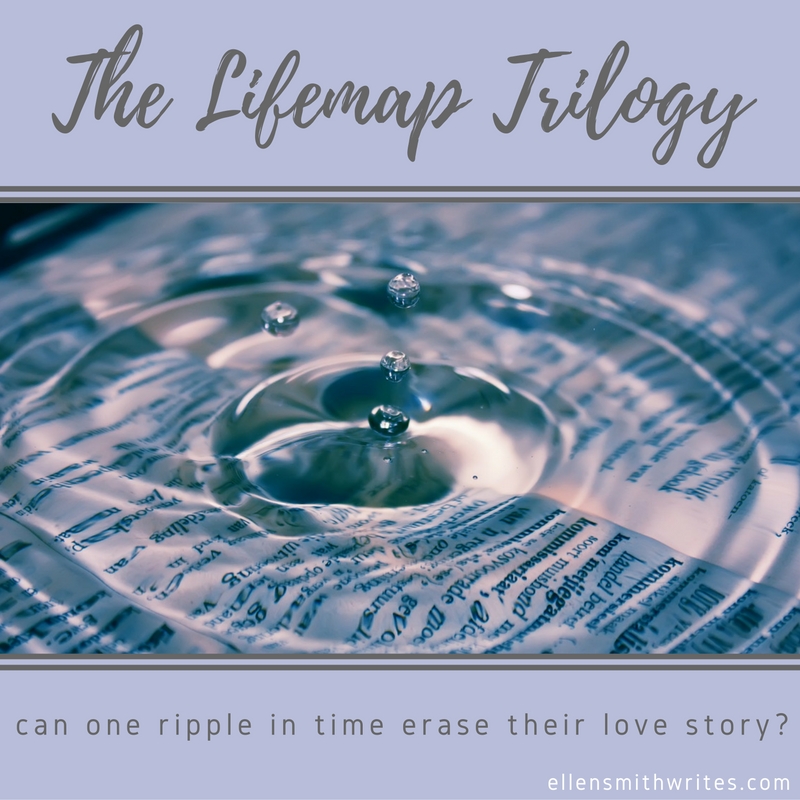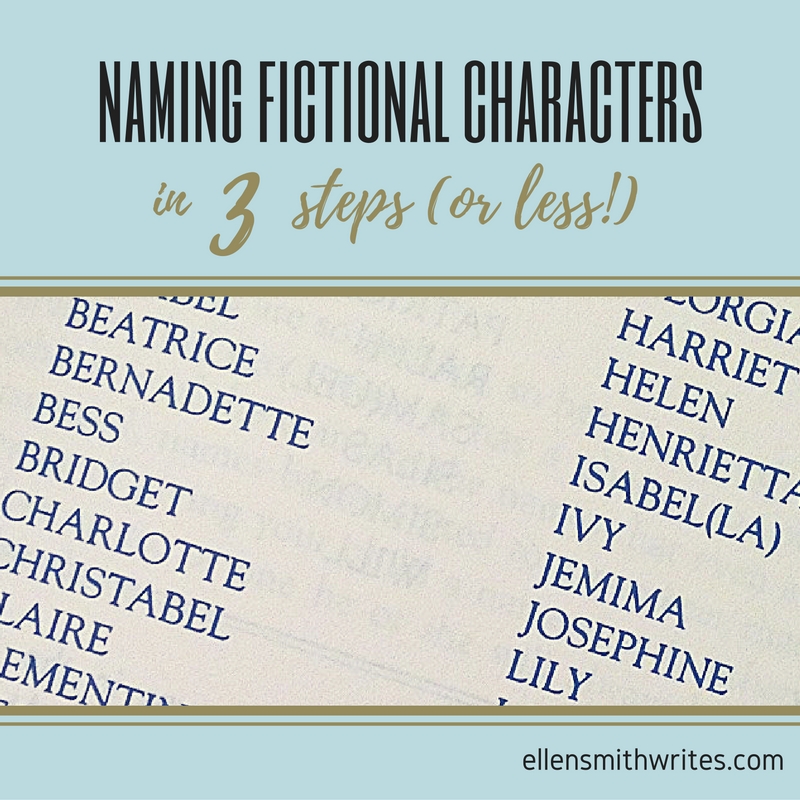If you're looking for a little instant gratification, fiction is a good place to find it. I watch police procedurals where murders are solved in forty-five minutes and read books that chronicle life-changing epiphanies in only two hundred and fifty pages. It's so satisfying to see fictional problems resolve quickly--plus, it's a lot more entertaining when we can cut out the weeks of waiting for test results and months of planning and rescheduling before a court date.
There's one place in fiction where it's more fun to slow down rather than speed up: romance. A lot of our favorite fictional couples start things off at a snail's pace. After ten chapters (or ten seasons) of tantalizing will-they-or-won't-they romantic tension, the moment when we see a couple finally get together is that much more satisfying.
Like Harry and Sally from When Harry Met Sally.
Temperance Brennan and Seeley from Bones.
Luke and Lorelai from Gilmore Girls.
Matthew Crawley and Lady Mary (and Anna and Mr. Bates...and Tom Branson and Lady Sybil...and Carson and Mrs. Hughes...okay, pretty much all the romances) from Downton Abbey.
See what I mean? These are the couples we agonize over. I spent all ten seasons of FRIENDS crossing my fingers, hoping that Ross and Rachel would find a way to make things work. I wanted Harry Potter and Ginny Weasley to end up with each other from the beginning--even though it took several books before they got together for good. A long-running romance requires a lot of commitment and a lot of emotional investment from the audience. Takes a fair amount of tears and vicarious heartache, too.
When it comes to writing romance, it's hard to fight the urge to speed things up. I love my characters and I want them to live happily ever after, but I can't let them have it right away. In my current work-in-progress, it's a constant battle to keep the characters' love for each other at a slow burn, without letting things flare up or fizzle out.
Although many love stories focus on the couple finding each other and falling in love, romance doesn't end after the vows are said and rings are exchanged. Happily-ever-after is a journey, not a destination (click to tweet!). There are ups and downs along the way. We hope that our favorite couples will have smooth sailing over the waves, but there are waves nonetheless.
In my work-in-progress, the story begins after the main characters are already married. Mara and Will have already survived so many struggles together--a tragic shooting, permanent injuries, chronic pain, and PTSD, just to name a few. Still, they have more challenges ahead of them: when they're offered the chance to go back in time and un-do the shooting that changed their lives, it shakes up their marriage in a big way. Giving the shooter the chance to go back in time and make things right feels like justice at its finest, and why wouldn't they jump at the chance to re-live their lives without the tragedy? When Will and Mara start to pick apart all the ways this shooting shaped their lives--and guess who they might have been in another timeline--it reveals the good and bad of who they are and how they came to fall in love.
I can't promise that Mara and Will are going to get it right or that they'll make the same decisions I would make in their place. Some things in their story move fast--faster than Mara or Will (or I!) were ready to handle. But when it comes to romance, their love for each other burns long and slow.
Stay tuned :)




















